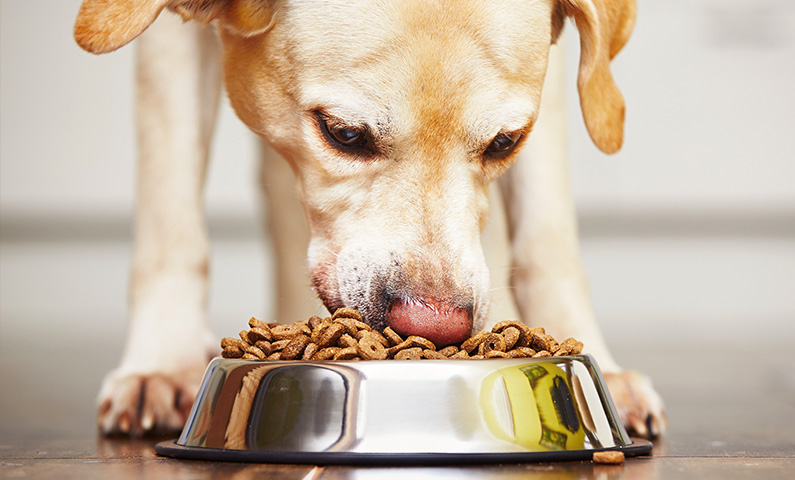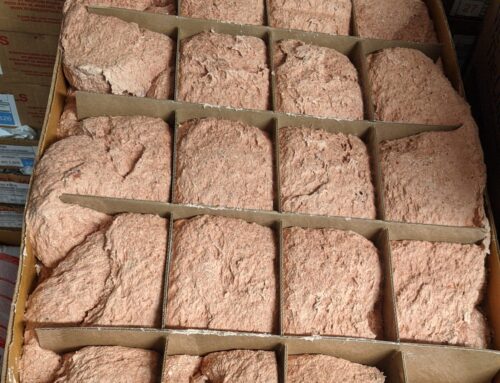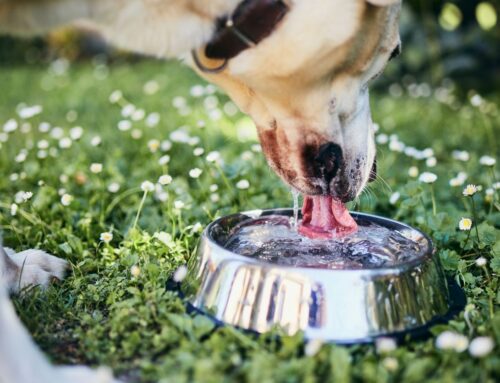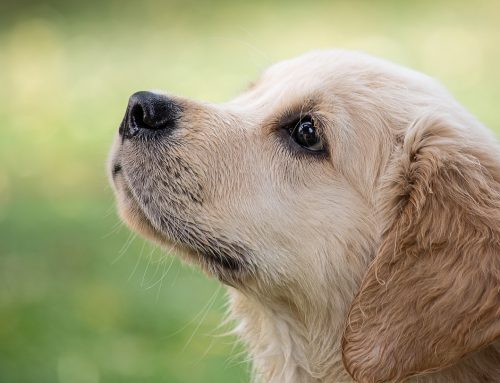You may be aware that, like us, different dogs have different diets depending on a number of factors. Being in the business of selling quality natural and raw pet food brands such as RAWganics dog food has made us acutely aware of the effects of a suitable and unsuitable diet for dogs. Dog food can impact both the physical and mental health of a dog, and these can impact us as their owner and their friend.
In North America alone, 25-30% of the general canine population is obese, with 40-45% of dogs aged between 5-11 being overweight (source). These weight issues can cause a myriad of problems in your dog’s life, and can detrimentally affect their quality of life.
If you’re one many millennials fueling the growth of the pet industry in Central Pennsylvania (source), then you’re probably aware of the importance of your dog’s diet. Read on to learn about the factors which will dictate the best diet for your dog.
Diets for Dogs by the Size of the Dog
This is probably the biggest factor in the diet of your dog, with many pet food brands using size to differentiate their different products.
Smaller Dogs
Smaller dogs require a more calorie-dense diet, as they have a higher metabolic rate. Common smaller breeds include:
- Pomeranian
- Papillon
- Toy and Mini poodles
- Scottish Terrier
- Schnauzer
- Maltese Shih Tzu
- Jack Russell Terrier
- Chihuahua
- Boston Terrier
There are many other smaller breeds of dog, if you’re unsure about the size of your dog, simply Google the breed or ask your vet.
Larger Dogs
Large and giant dogs do not need such calorie-dense food, and will benefit from a diet which includes 30% high-quality protein and 9% fat. Remember that protein quality makes a difference, so higher quality foods will cost more. You should also include any treats you give your dog into their calorie count. Common large and giant breeds include:
- Labrador Retriever / Golden Retriever
- German Shepherd
- Bernese Mountain Dogs
- Siberian Husky / Alaskan Malamute
- Great Dane
- Rottweiler
- Basset Hound
Again, if you’re unsure about your dog’s size, do your research or ask your local vet.
Regardless of your dog’s size, you should regularly weigh them and keep note of each measurement over time. This can help you to adjust the diet to better suit your unique pooch.
Diets for Dogs with Specific Health Conditions
Any potential or recurrent health conditions that your dog experiences will also change their dietary requirements. Different conditions require different nutrients, and acting sooner will ensure your dog recovers much faster.
Some common diet-related health conditions dogs face include skin conditions (such as dermatitis and eczema), pancreatitis, obesity, and allergies like gluten intolerance.
Skin Conditions
Regardless of the specific skin condition, your dog will need high-quality protein to promote skin regrowth. Raw pet food such as RAWganics dog food contains a high amount of protein. High levels of omega-3 and omega-6 fatty acids will help to nourish and protect your dog’s skin
Vitamin E will help protect your dog’s skin from cellular oxidation caused by free radicals. Common signs of skin conditions include:
- Hair loss
- Flakey or scaly patches of skin
- Bad body odor
- Incessant itching, scratching, licking, or rubbing
- Red patches, pimples, or spots on skin
- Scabs, crusts, or thickened areas of skin
Pancreatitis and Obesity
Depending on the breed of your dog they may be highly-prone to getting pancreatitis at some point in their life. During their recovery, vets recommend feeding them a low-fat highly-digestible diet, or opt for one of the weight-loss diets. Breeds which are highly prone to pancreatitis include:
- Cocker Spaniels
- Miniature Schnauzers
- Poodles and some Doodles
- Dachshunds
- Yorkshire Terriers
If your dog has become obese, then feeding them a similar diet to what you would if they had pancreatitis will help. Also referring back to weight measurements will help you understand how much they need.
Diets for Dogs by Age
Another factor that many dog food producers use to differentiate their products, puppies and geriatric dogs require vastly different diets.
Puppies
Most puppies should start on solid food after about 4 weeks, and be weaned off their mother’s milk at around 6 weeks. During their development, puppies require food which is higher in protein, enriched with vitamins and minerals, and good quality fats are all essential for growth.
Do your research and confer with your local vet about their recommendations for your specific breed, as overfeeding and underfeeding can lead to problems later in their life. Read more about puppy diet here.
Old Dogs
Different sized dogs age differently, with large and giant breeds aging much faster than smaller dogs. Typically, though, once they’ve reached half their life expectancy, you can consider them a senior dog. Senior or geriatric dogs require a lower-calorie diet to fight obesity, as well as high-fiber to protect gastrointestinal health. Read more about senior dog diet here.
The Best Natural Dog Food: RAWganics Dog Food and Other Great Brands
This may be the hardest thing for most dog owners to wrap their head around, whether to feed your dog dry food, wet food, or raw food. For most dogs there is no right or wrong formula, and finding a balance requires more money, time, effort, and some research.
If you’re looking for the best raw pet food in PA to get your dog or cat, check out our delivery schedule. We deliver to great products and brands such as RAWganics dog foods to many areas in Pennsylvania, New Jersey, Maryland, and Delaware.
If you’re looking to start your dog on a raw food diet then read here, or if you’re wondering why to start your dog on a raw diet read here








